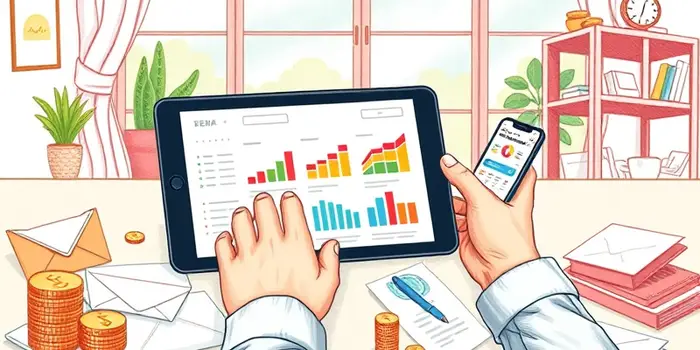
In today's fast-paced world, managing finances can feel overwhelming. Whether you're starting a new job, paying off debt, or saving for future dreams, having the right tools and methods in place can transform your financial journey.
From simple paper trackers to advanced AI-driven apps, budgeting solutions are designed to help you keep every dollar accounted for and steadily build toward your goals. Let's explore the essentials of budgeting and the top tools of 2025 that make the process intuitive, engaging, and downright empowering.
At its core, budgeting is the art of creating a plan for your money. It doesn’t matter if you earn $2,000 or $20,000 a month—defining how much flows in and out ensures you stay on track with bills, debt repayment, and savings.
By establishing a clear budget, you can maintain control over bills and debt, prevent overspending, make savings automatic, and track progress toward goals like debt payoff or a robust emergency fund.
To create a strong budget foundation, follow these steps:
Not all budgets are created equal. Some people crave hands-on control, while others want effortless oversight. Here are the most widely adopted systems:
Envelope System: Allocate cash (or digital funds) into separate envelopes for categories like groceries, entertainment, and transportation. Spend only what’s inside each envelope to enforce strict discipline and eliminate overspending.
Zero-Based Budgeting: Assign every dollar a specific purpose—your income minus expenses should equal zero at the end of the month. This method demands a deep involvement in planning but rewards you with deep dives into your spending habits.
50/30/20 Rule: A flexible formula that divides your after-tax income into 50% needs, 30% wants, and 20% savings or debt repayment. Beginners often find it straightforward while retaining room for spontaneity.
Digital/Automated Budgeting: Use modern platforms to sync bank accounts, categorize transactions, and generate real-time reports. It’s ideal for those who prefer real-time syncing with financial accounts and minimal manual entry.
When choosing an app or tool, look for solutions that blend simplicity with power. The best options offer intuitive dashboards, robust syncing, and the ability to Create and monitor custom budget categories.
Key features to seek out include:
Below is a comparison of the leading budgeting apps of 2025, highlighting their standout features, pricing, and user ratings:
Each of these apps brings something unique to the table—whether it’s automated bill negotiation and cancellation tools in Rocket Money or the hands-on zero-based discipline in YNAB.
Though many tools share core functionalities, subtle differences can shape your experience. Apps like YNAB and EveryDollar require manual oversight and planning, making them suitable for users who thrive on hands-on engagement. In contrast, PocketGuard and Rocket Money emphasize automation, delivering quick snapshots of your financial health with minimal input.
Wealth and Investment Tracking: Platforms like Empower Personal Dashboard expand beyond budgeting to integrate portfolio management and net worth analysis.
Financial Coaching & Reports: YNAB and EveryDollar Premium offer tailored advice, webinars, and detailed breakdowns to guide you through complex financial decisions.
Debt and Subscription Management: Tools such as PocketGuard excel at highlighting recurring charges and crafting debt payoff roadmaps, empowering you to view subscription and debt payoff progress clearly.
Pros: Many budgeting apps provide free or freemium versions, making them accessible to a wide audience. They often feature simple setups, in-app reminders, and a consolidated view of all your accounts in one place. Goal-oriented budgeting keeps you motivated as you watch progress toward your targets.
Cons: Advanced features are typically reserved for paid tiers, and some free plans require manual data entry. Not every app offers robust investment management or coaching, so heavy investors may need supplementary tools. Finally, subscription fees can add up, so it’s essential to evaluate whether premium perks justify the cost.
Choosing the right budgeting approach goes beyond selecting an app—it’s about aligning with your financial personality and lifestyle.
By combining a strategy that suits your style with the right technological support, budgeting becomes an empowering habit rather than a chore.
Budgeting is not a one-size-fits-all endeavor. With a wealth of digital tools available in 2025, there’s never been a better time to tailor your approach. From envelope-style manual tracking to sophisticated apps that set automatic transfers to savings, you can build a personalized system that transforms stress into confidence.
Embrace the process today, experiment with different platforms, and watch as small, consistent changes unlock larger financial victories. The path to stability and prosperity starts with a single step: choosing a tool that makes managing money feel intuitive, insightful, and, above all, within your control.
References













